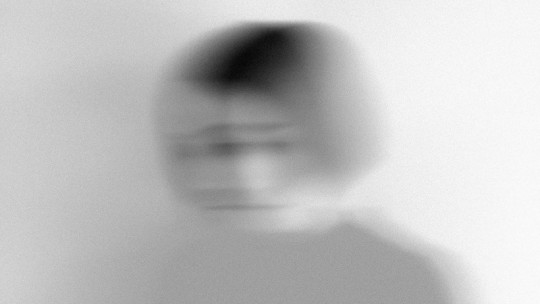
Consciousness is a strange psychological phenomenon. On the one hand, it always appears hand in hand with the perception of what surrounds us: when we are conscious, we are always aware that beyond our body there is something: shapes, colors, sounds, textures, or simply gravity.
However, these perceptions do not have to be true and, in fact, they almost never are, to a greater or lesser extent. Fortunately, only in some cases does this degree of distortion of reality become so intense that it is a sign of mental pathology.
Next we will see what they are the differences between hallucination, hallucinosis and pseudohallucination three types of breaks with reality that can be confused due to their superficial similarity.
Differences between hallucination, hallucinosis and pseudohallucination
To understand how these three types of symptoms should be distinguished, we will first review what exactly each of them consists of.
What are hallucinations?
A hallucination is a perception that has not been caused by a real element and that is attributed to the environment external to oneself. For example, someone who hears hallucinated voices is unable to distinguish between them and the rest of the noises that come from the environment; they are simply unable to locate the person emitting them.
At the same time, hallucinations are also characterized by anosognosia, the fact of ignoring that what is experienced is a symptom of a mental disorder or illness.
On the other hand, although most hallucinations are auditory, they can occur in any sensory modality: visual, tactile, etc.
Pseudohallucinations
In the case of pseudohallucinations, these perceptions are also basically imaginary and do not come from a real element. However, in this case the person who experiences them is able to distinguish between perceptions that come from the external environment and pseudohallucinations, which he attributes to a source located in “his mind.”
If the patient who experiences hallucinations claims to hear voices that are of the same nature as that of the doctor interviewing him or her, the person who suffers from pseudohallucinations responds affirmatively and without hesitation to the question: “Do you hear voices coming from your head?” .
On the other hand, in pseudohallucination, even though the person recognizes that the voices, images or tactile experiences are not produced by external phenomena and therefore objective (detectable by anyone who is nearby), considers that what happens does not indicate the presence of any mental disorder. This often means that help is not sought.
What is hallucinosis?
Hallucinosis is similar to hallucination and pseudohallucination in that in these three cases the experience is not directly produced by something that really exists and that has the appearance that seems to indicate that “appearance.” However, hallucination is distinguished from the other two in several ways.
First, hallucinosis is distinguished from hallucination in that the person knows that experience does not come from outside is not produced by an objective phenomenon: it is a product that only manifests in your consciousness and that cannot be perceived by others.
Second, hallucinosis is distinguished from pseudohallucination in that there is no anosognosia. There is a real awareness that what is happening is not normal and that it is a symptom serious enough to ask for help.
What type of diseases do they cause?
Both hallucinations and pseudohallucinations are usually linked to psychiatric disorders, while hallucinosis occurs in neurological disorders.
This is because in the first two the degree of involvement of the nervous system is so general that it globally affects all consciousness and abstract thought. The fact that a person does not see a warning sign from the first moment, seeing, for example, a 10-meter dragon floating in the air, is in itself a symptom of pathology. The same thing happens when it does not raise any suspicion about mental health if a voice is heard for days and the person emitting it can never be located.
Hallucinosis, on the other hand, the degree of involvement of the disease is not so general as in hallucination and pseudohallucination, and focuses on specific areas of the brain, leaving the others relatively untouched. This makes hallucinosis relatively more frequent, especially in pathologies resulting from the use of psychoactive substances, for example.
Is it correct to use these concepts in mental health?
There is criticism about the use of the term “pseudohallucination” since it has connotations that can lead to stigmatization of patients who suffer from this condition.
The name suggests that the person makes up the events they describe and that he claims to have experienced, something that, as we have seen, does not correspond to reality: although there is no stimulus as the person perceives it, this phenomenon is not a voluntary invention, something that is used only to access certain attention. specials by the health system, for example.
That is why there are reasons to simply use the term “hallucination” for these cases. Although it may seem like a lie, in psychiatry and clinical psychology appearances can matter a lot, especially when they affect the quality of life of patients.








